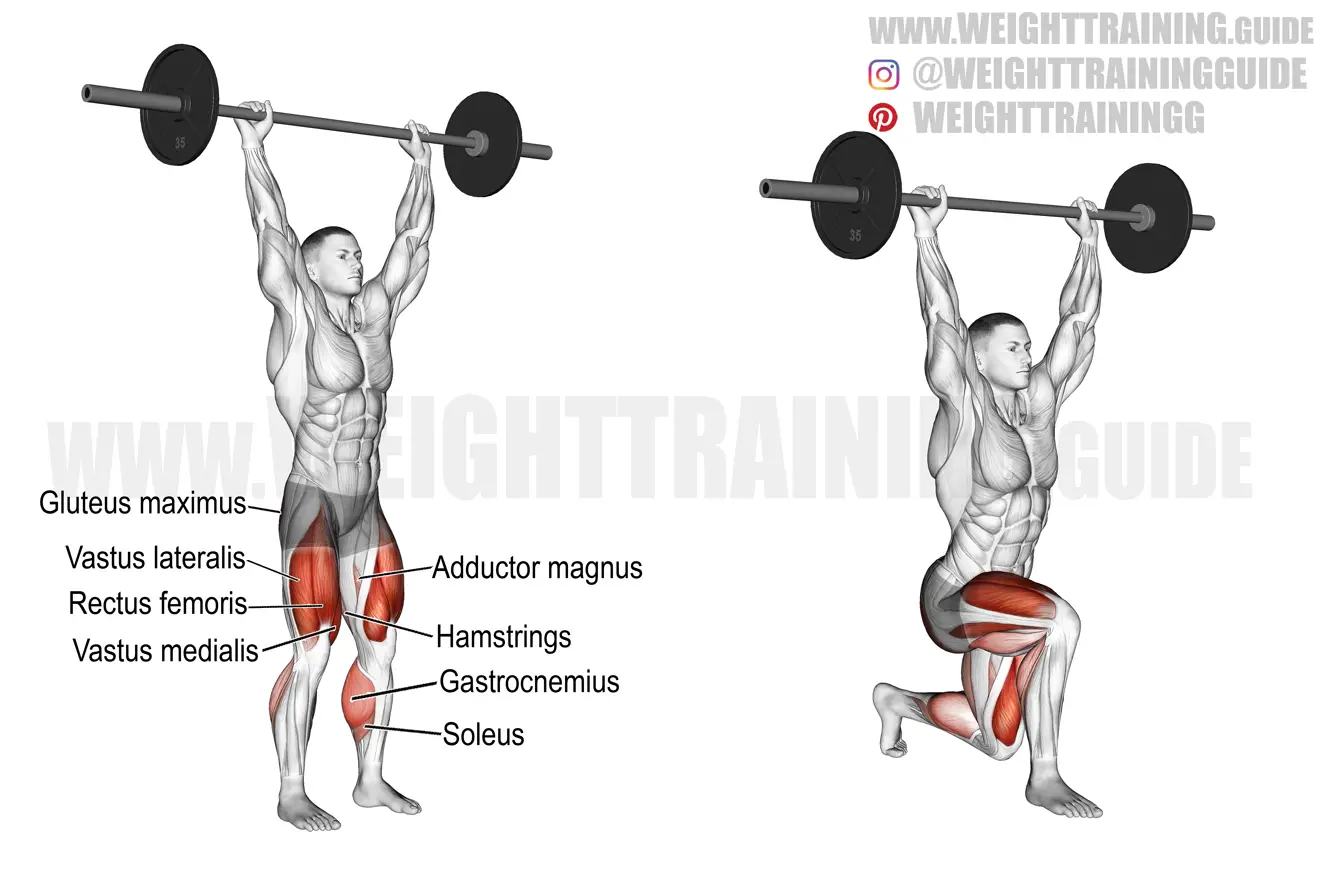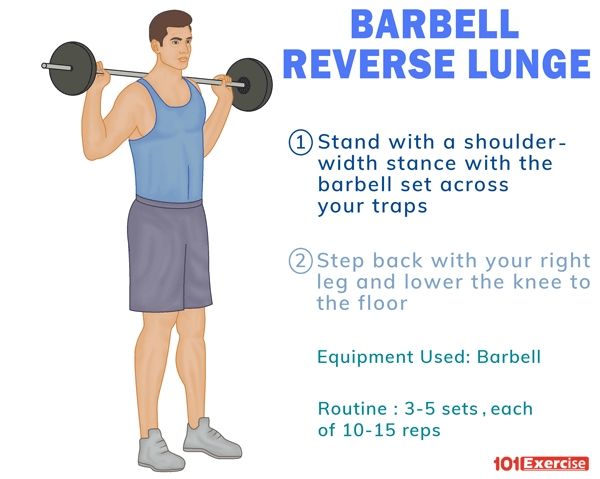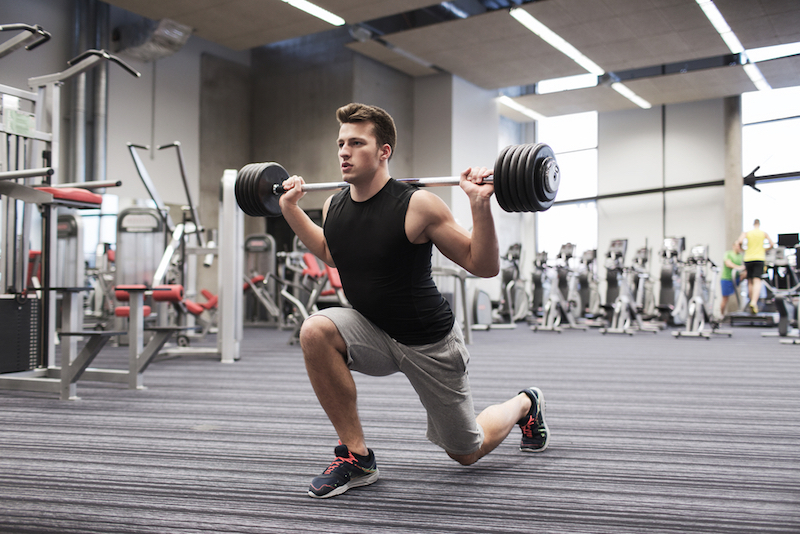
Introduction
Barbell lunges are one of the most effective exercises for strengthening the lower body. This compound exercise involves multiple muscles and joints, making it an efficient choice for those looking to build strength and improve their overall fitness level.
How to Do Barbell Lunges
To perform a barbell lunge, follow these steps:
- Begin by standing with your feet shoulder-width apart and your barbell resting on your shoulders behind your neck.
- Step forward with one foot and lower your body until your front knee is bent at a 90-degree angle.
- Push through your front heel and return to the starting position.
- Repeat on the other side.

Muscles Worked
Barbell lunges primarily target the quadriceps, glutes, and hamstrings. However, they also engage the calves, core, and lower back muscles to a lesser extent.
Quadriceps

The quadriceps, or quads, are a group of four muscles located on the front of the thigh. They are responsible for extending the knee and flexing the hip. During a barbell lunge, the quads work to extend the knee and help lift the body back up to the starting position.
Glutes

The glutes, or gluteal muscles, are a group of three muscles located in the buttocks. They are responsible for hip extension, abduction, and rotation. During a barbell lunge, the glutes work to extend the hip and help lift the body back up to the starting position.
Hamstrings
The hamstrings are a group of three muscles located on the back of the thigh. They are responsible for knee flexion and hip extension. During a barbell lunge, the hamstrings work to stabilize the knee and assist the glutes in extending the hip.
Calves

The calves, or gastrocnemius muscles, are located on the back of the lower leg. They are responsible for plantar flexion, or pointing the toes. During a barbell lunge, the calves work to stabilize the ankle and foot.
Core

The core muscles, including the abdominals and lower back muscles, work to stabilize the body during a barbell lunge. This helps to maintain good posture and prevent injury.
Variations
There are several variations of the barbell lunge that can target different muscles and add variety to your workout routine.
Reverse Lunge

The reverse lunge involves stepping backwards instead of forwards. This variation targets the glutes and hamstrings to a greater extent.
Walking Lunge

The walking lunge involves taking multiple steps forward before returning to the starting position. This variation can help to improve balance and coordination.
Curtsy Lunge

The curtsy lunge involves stepping diagonally behind the body and crossing one leg behind the other. This variation targets the glutes and inner thighs.
Conclusion
Barbell lunges are a versatile exercise that can help to improve lower body strength and overall fitness. By targeting multiple muscles and joints, they are an efficient choice for those looking to get the most out of their workout. Incorporate different variations to keep your routine fresh and challenge your muscles in new ways.